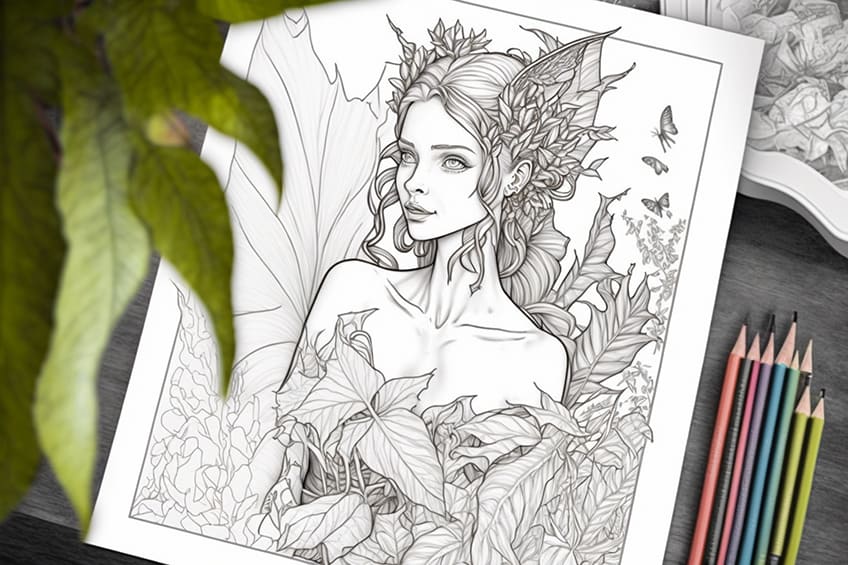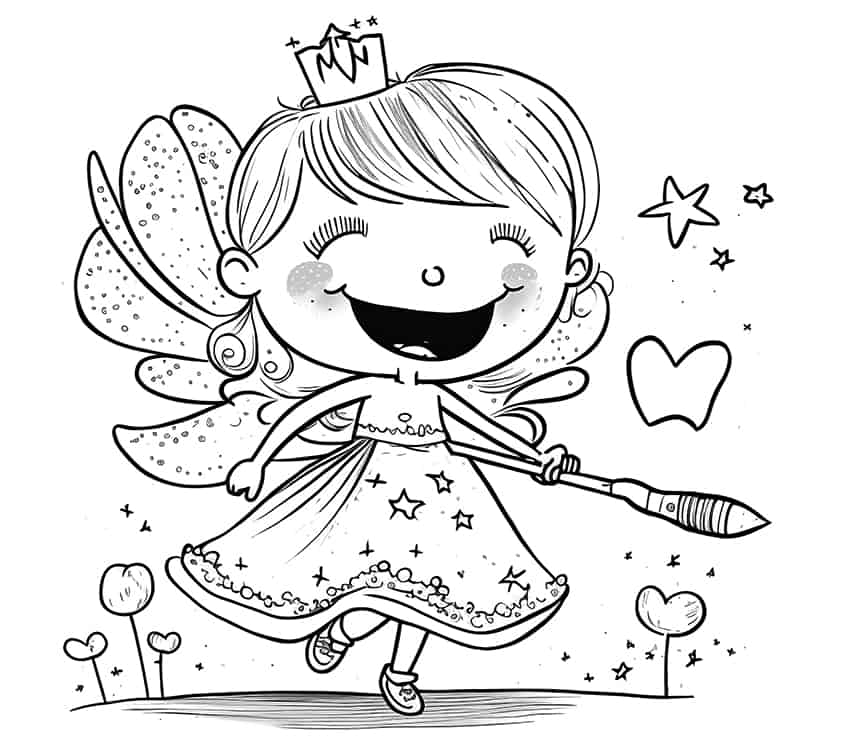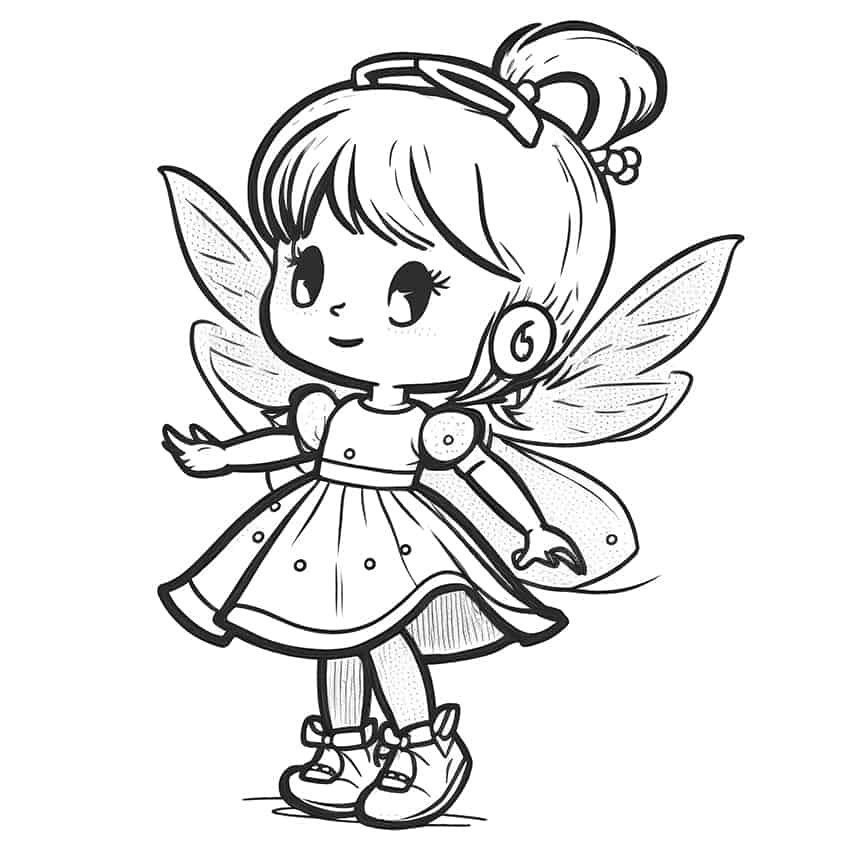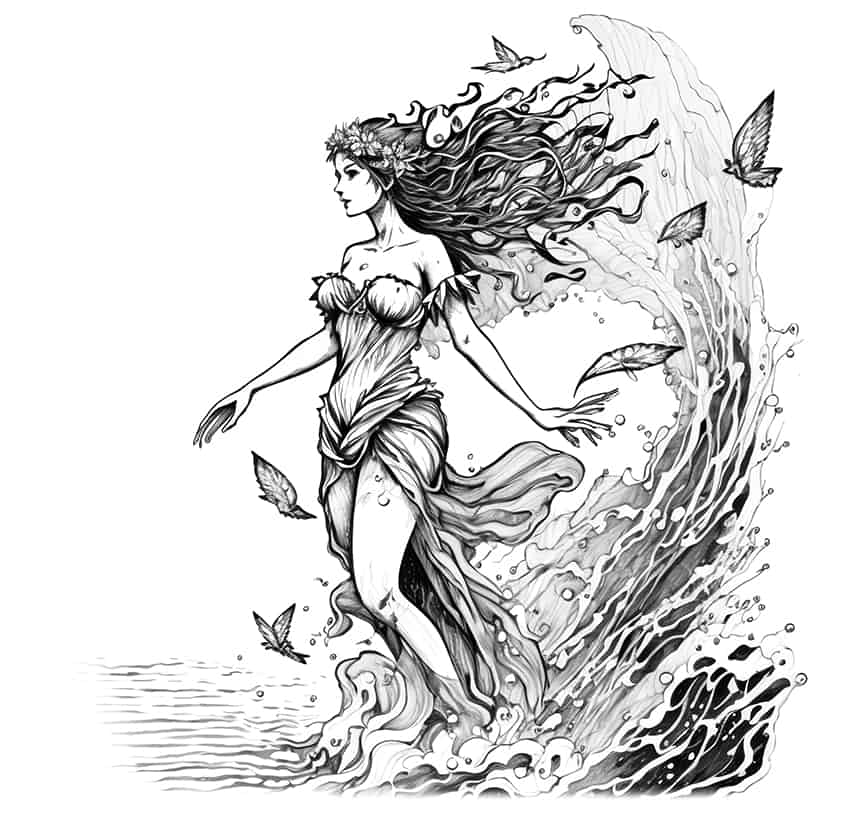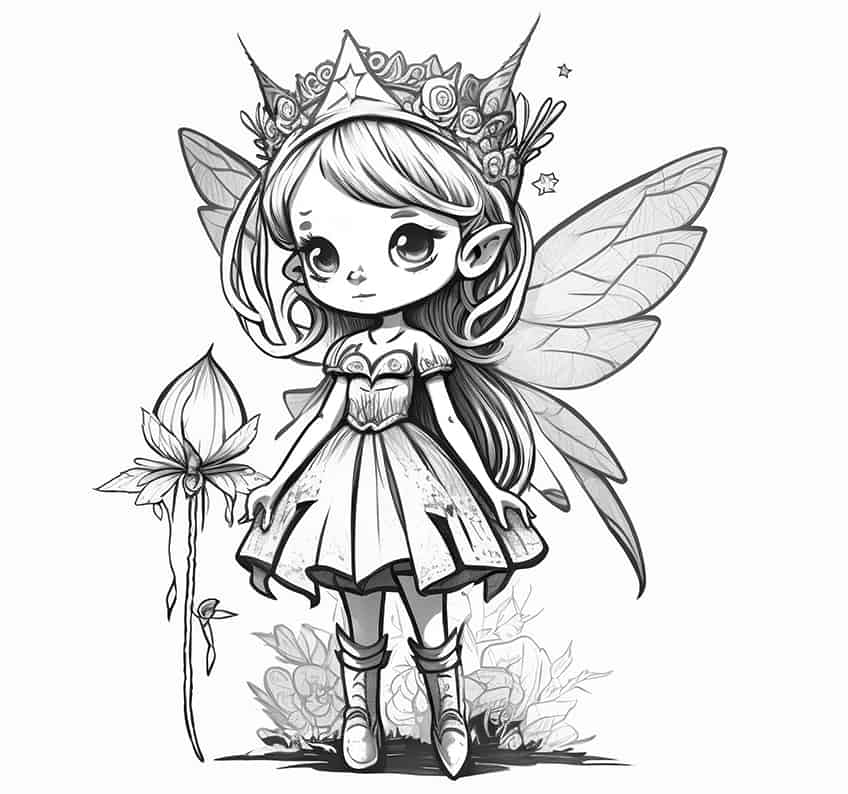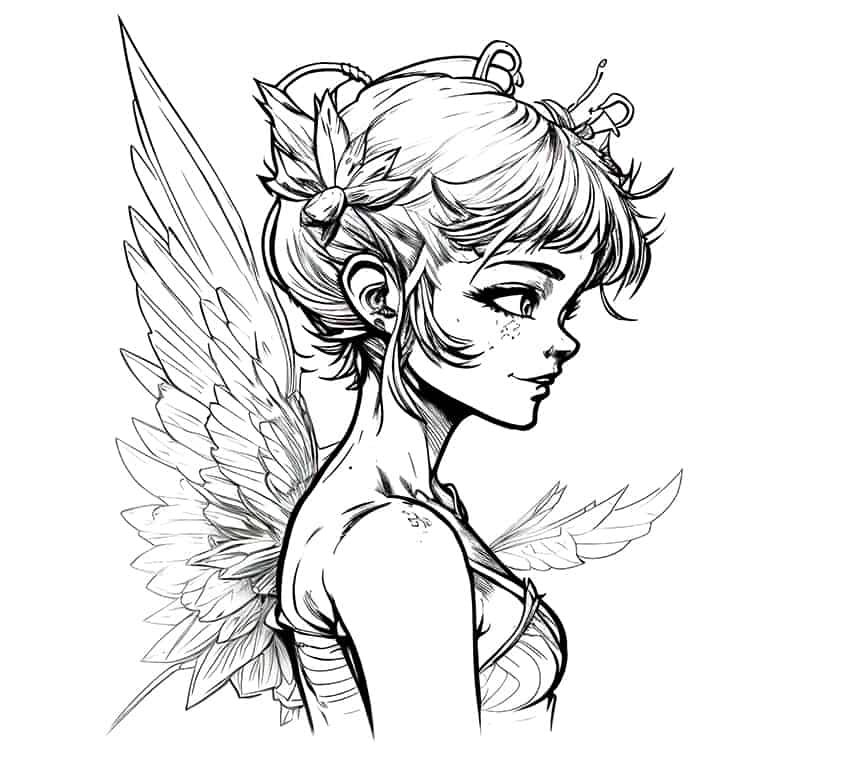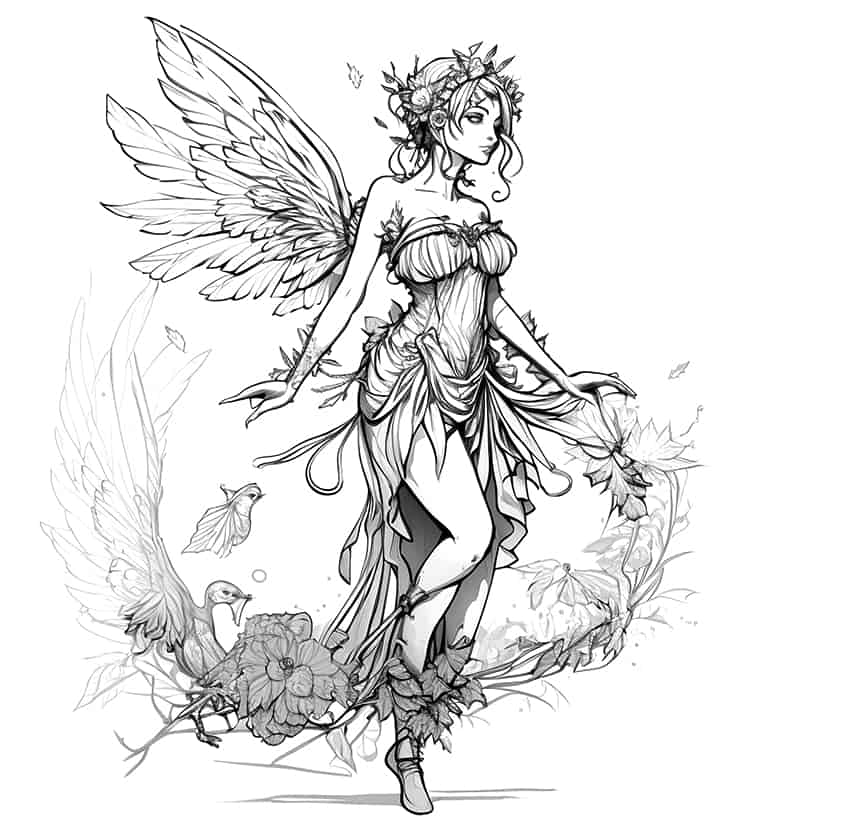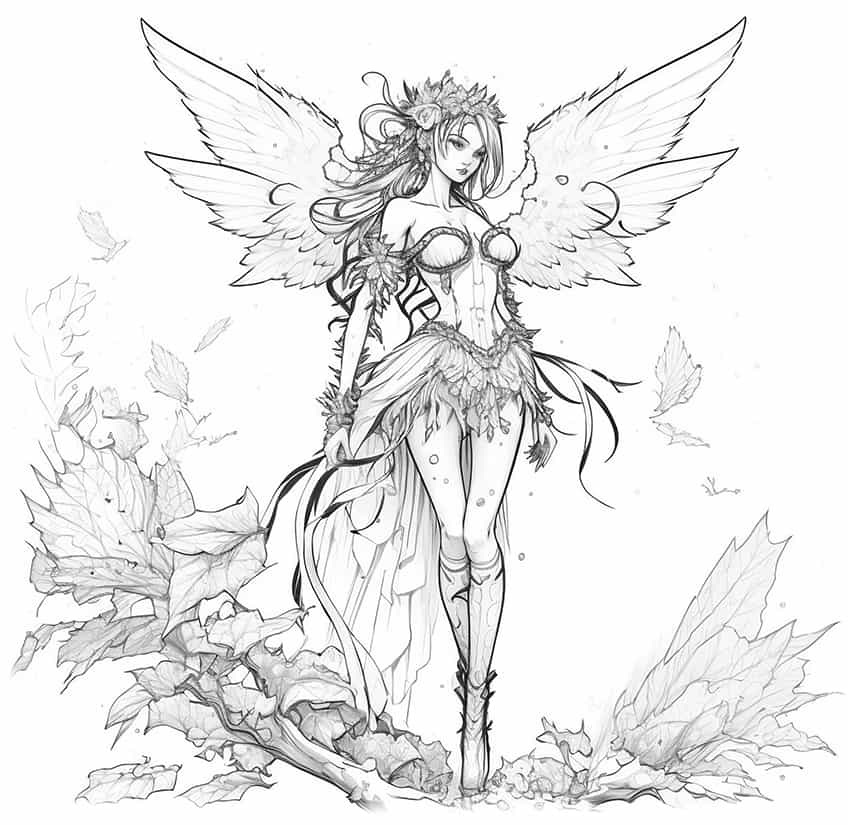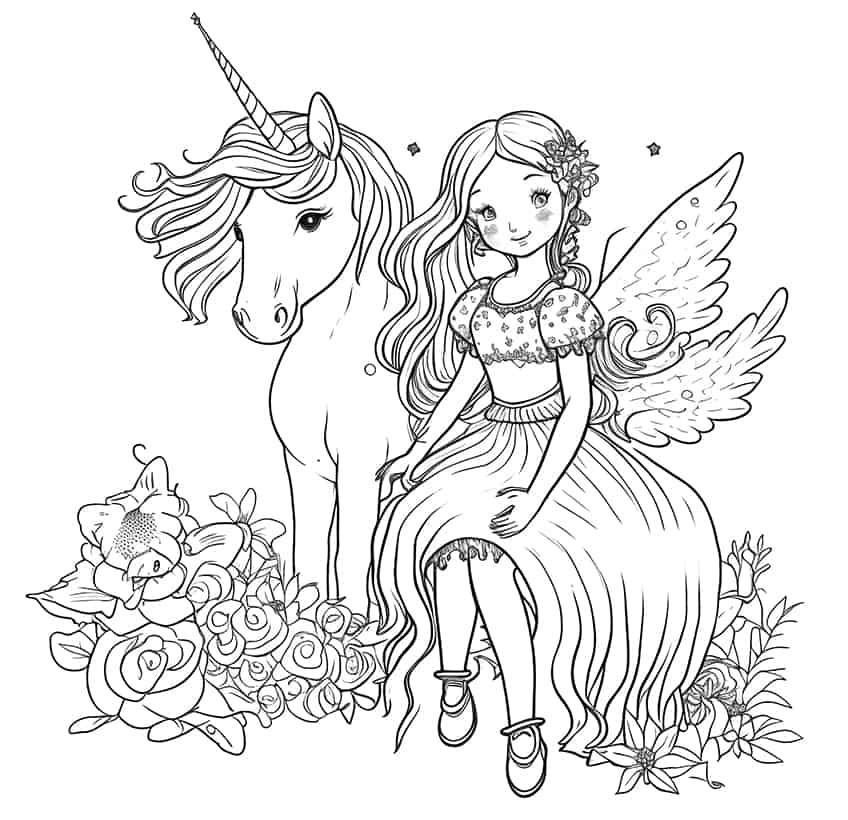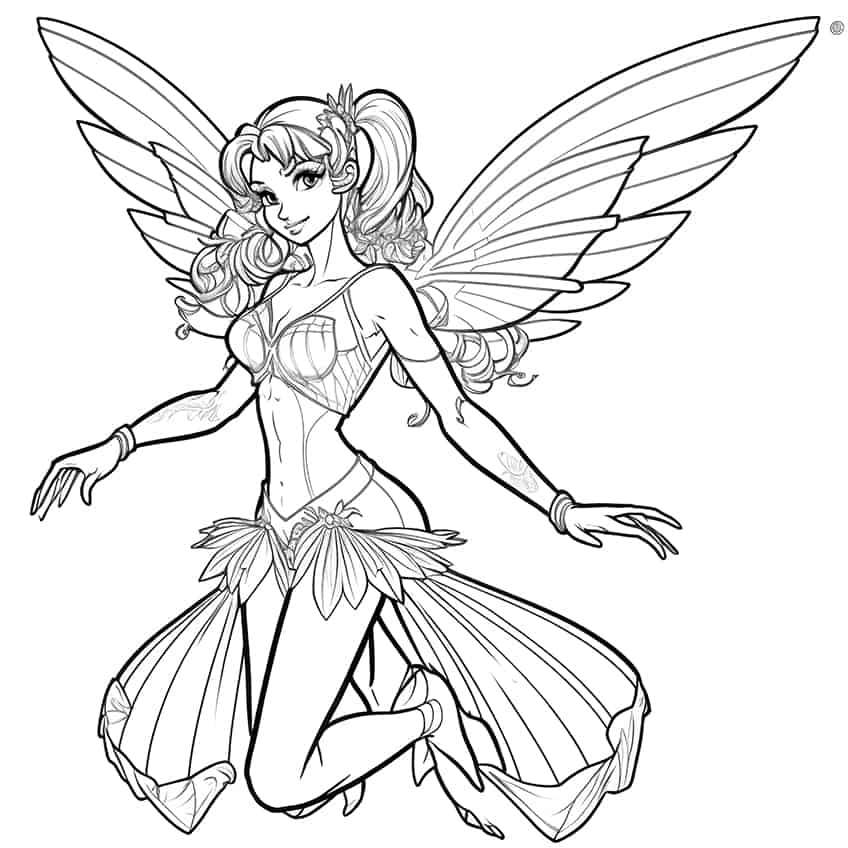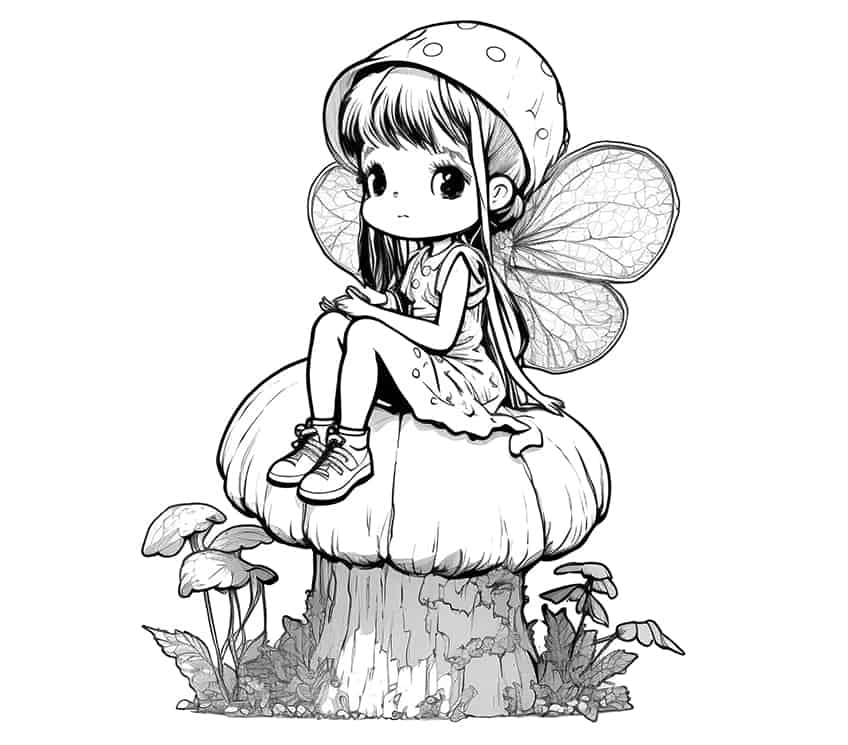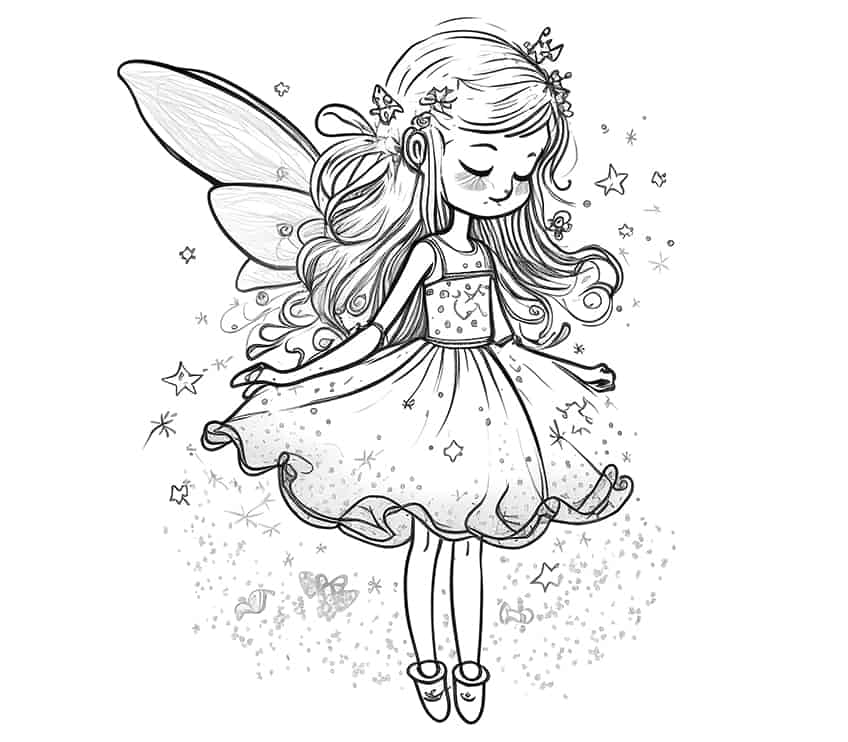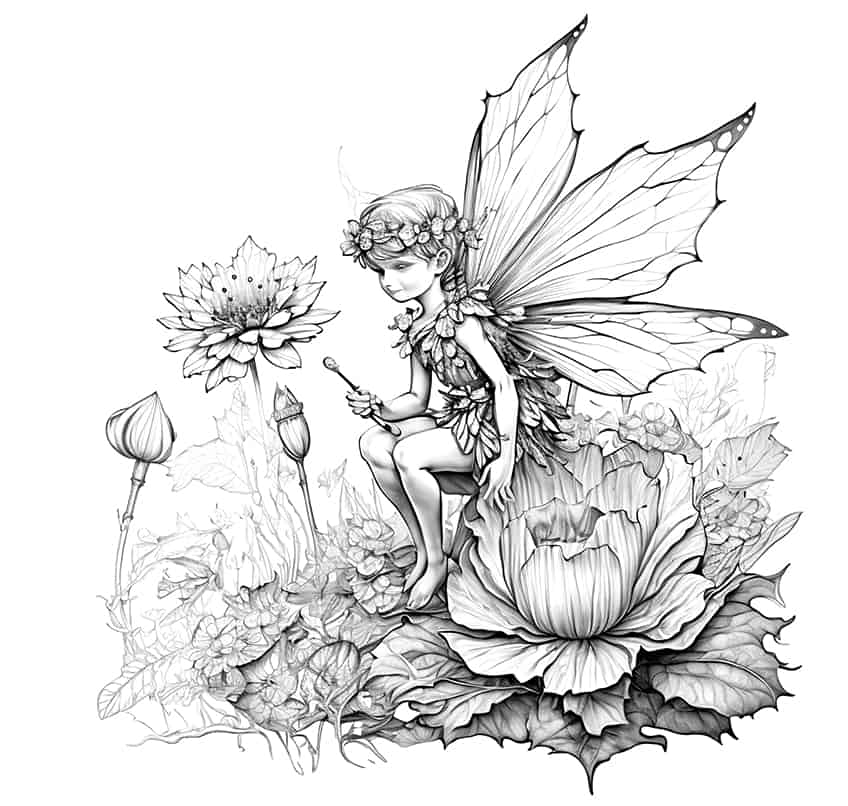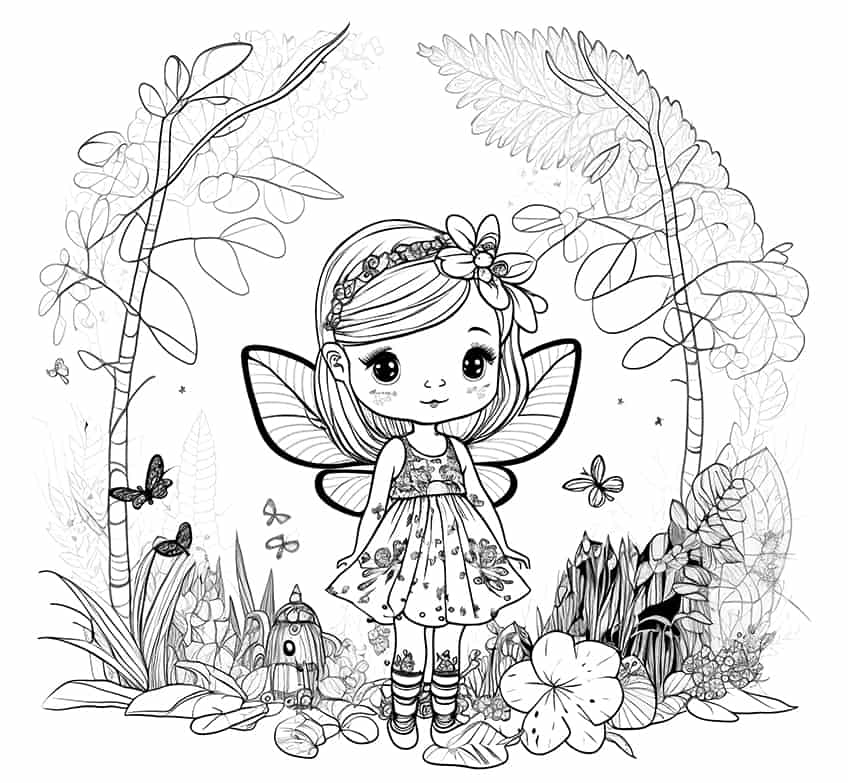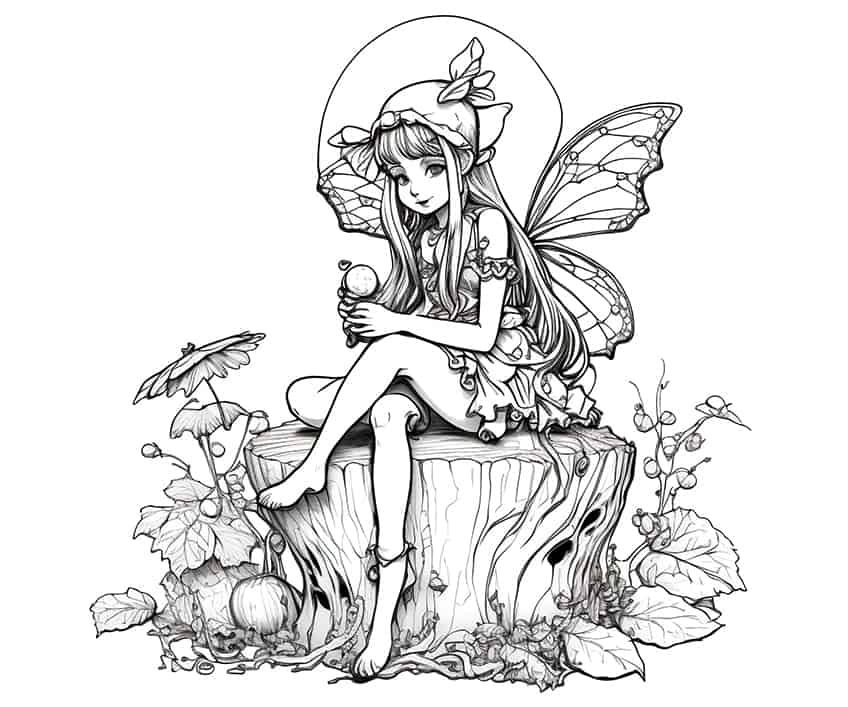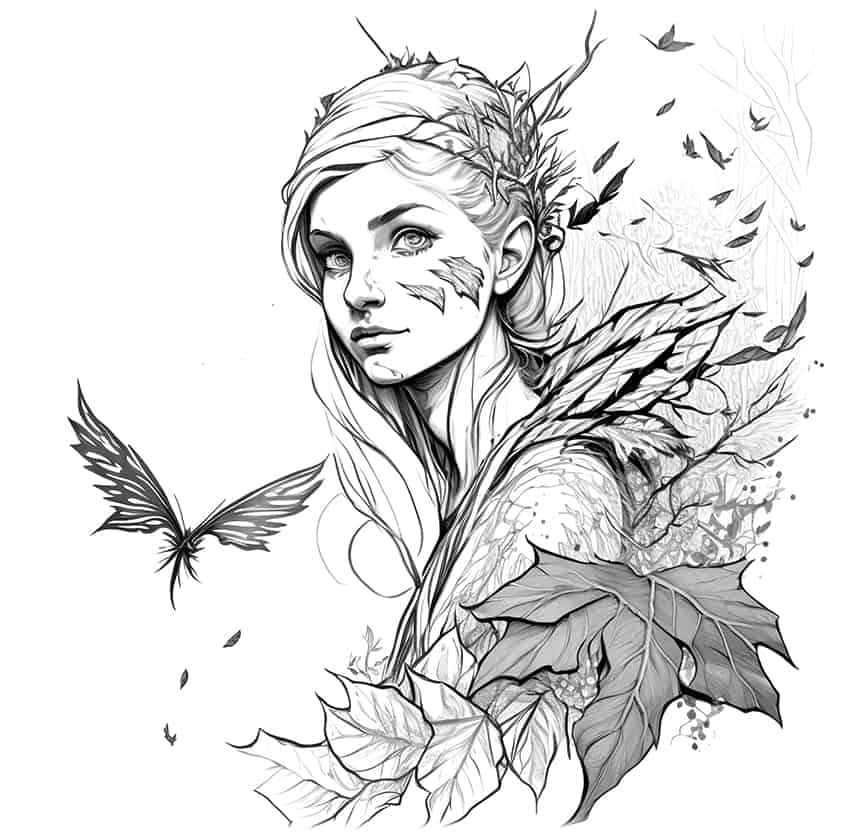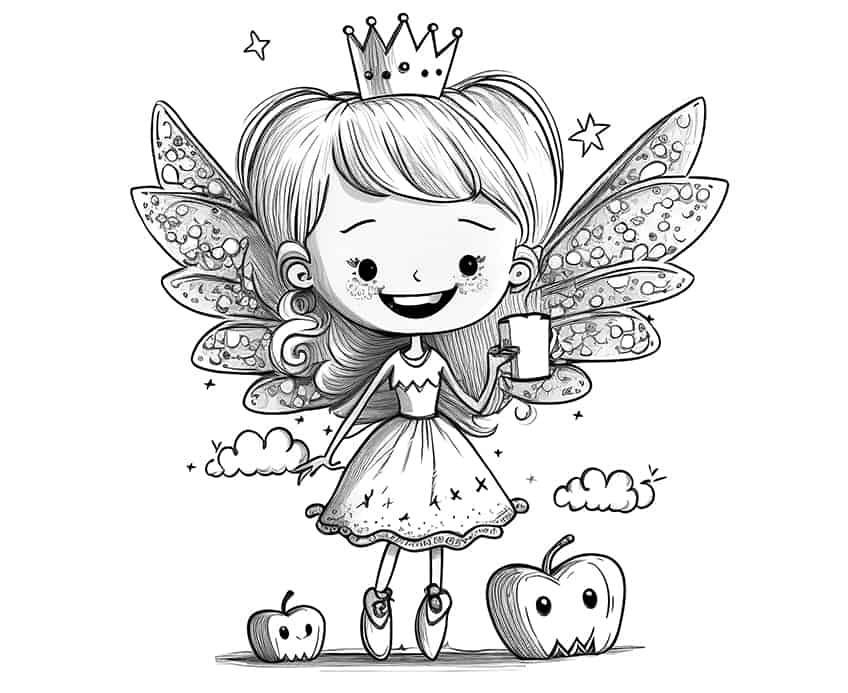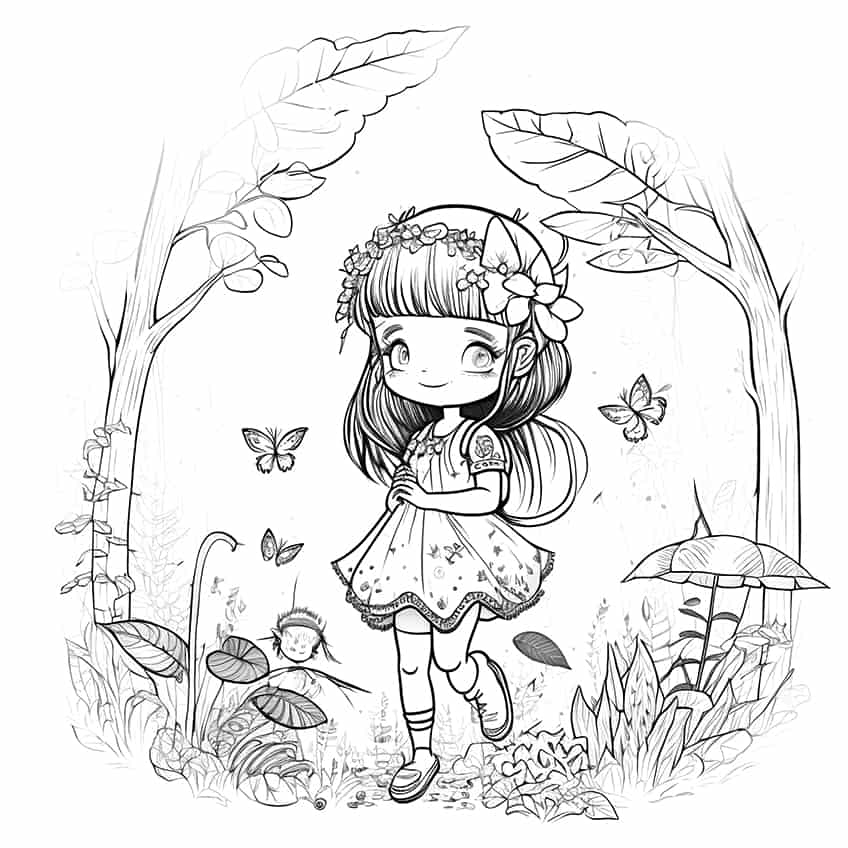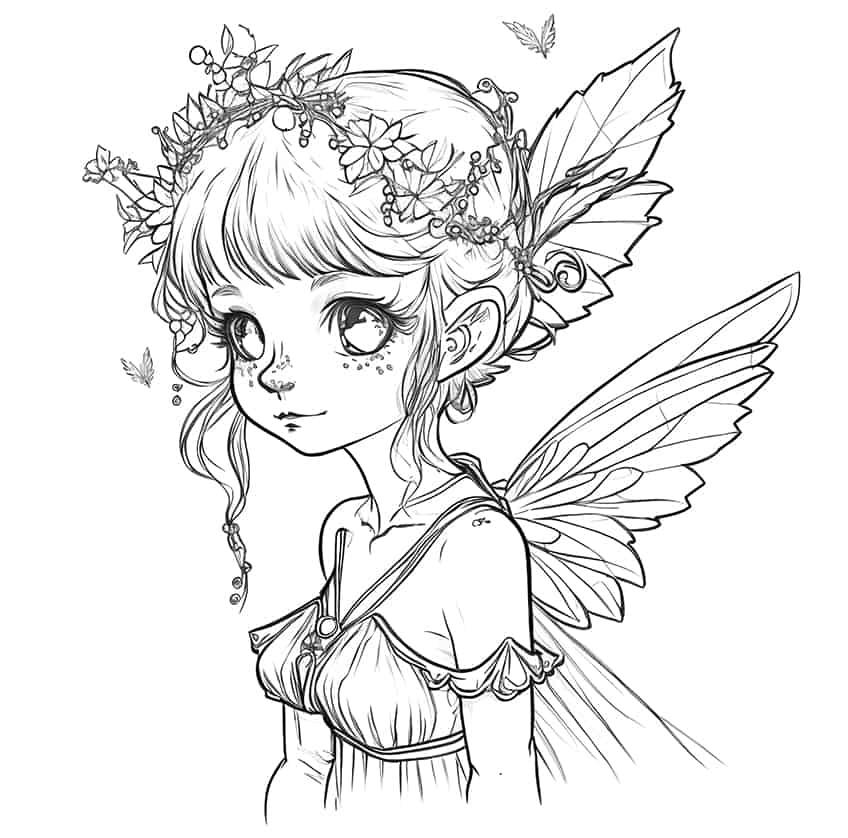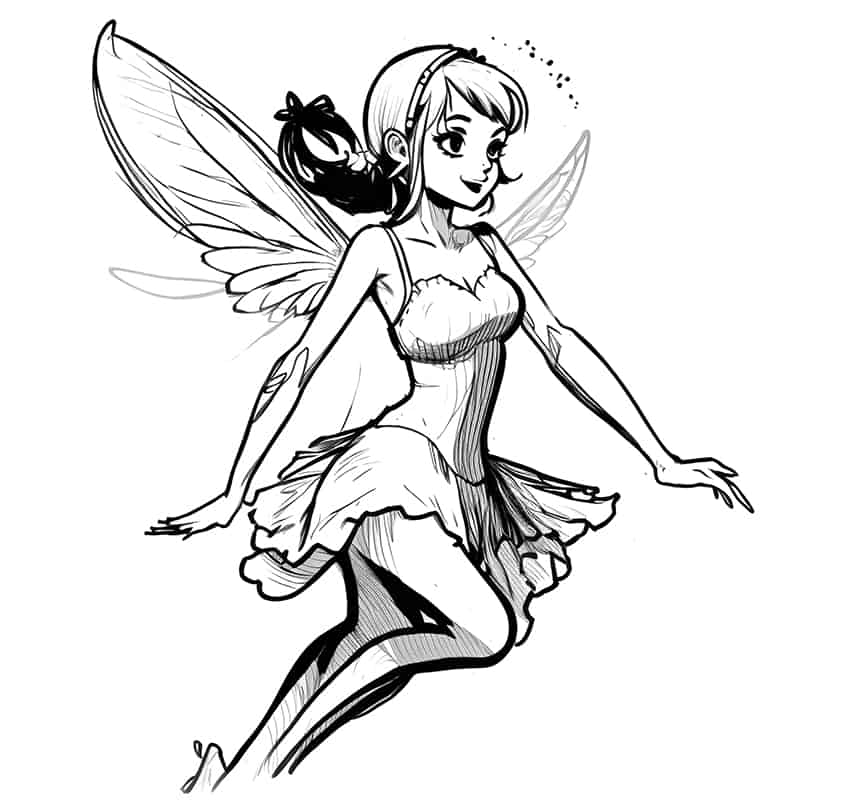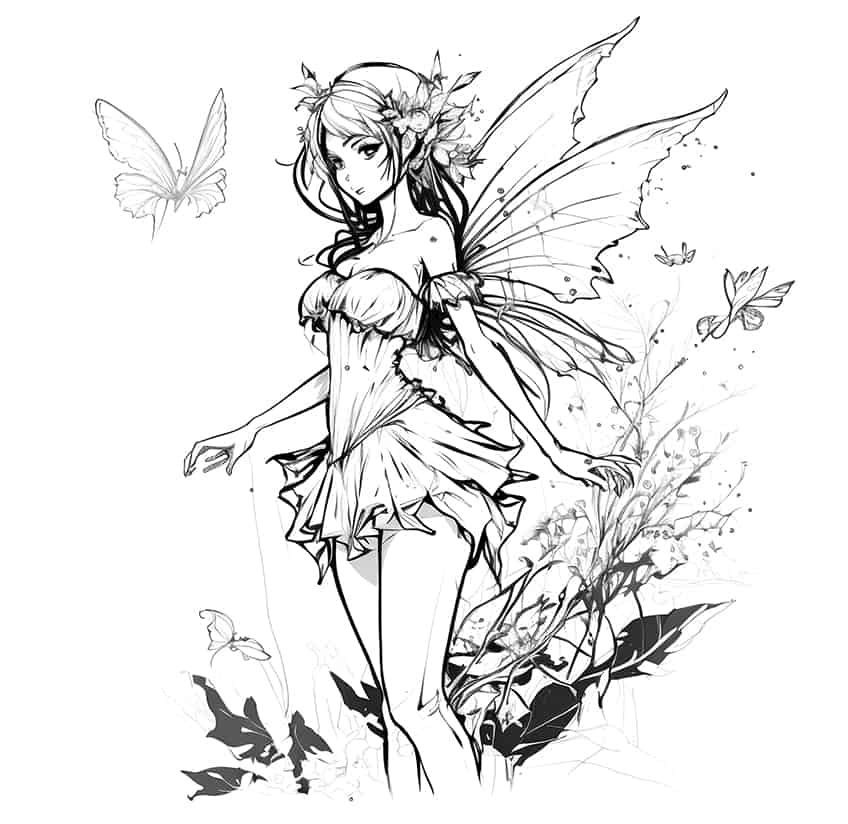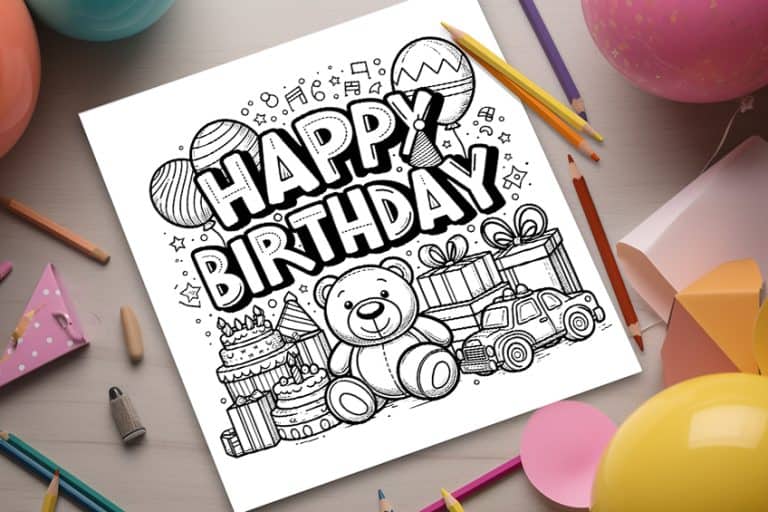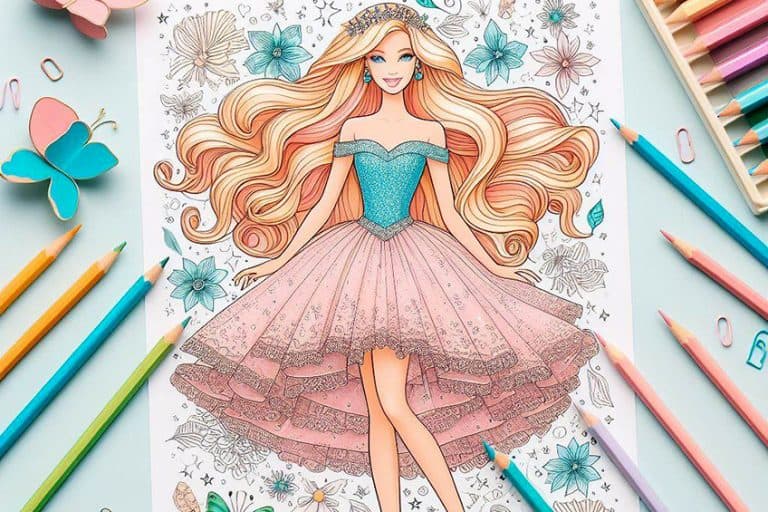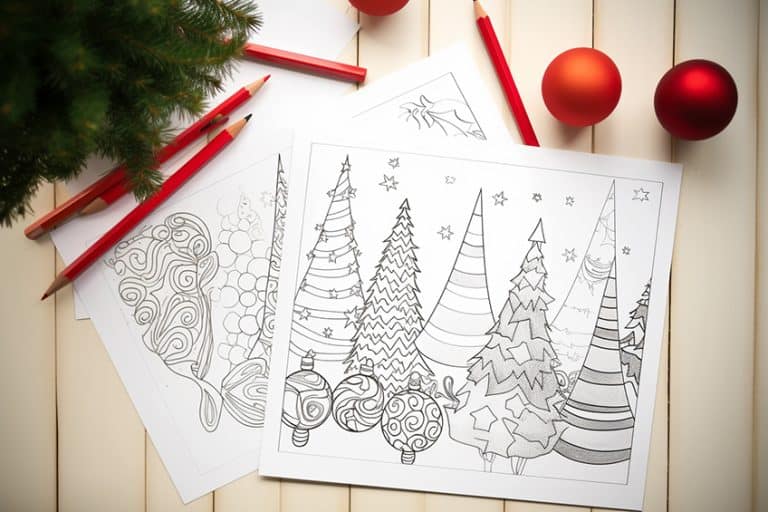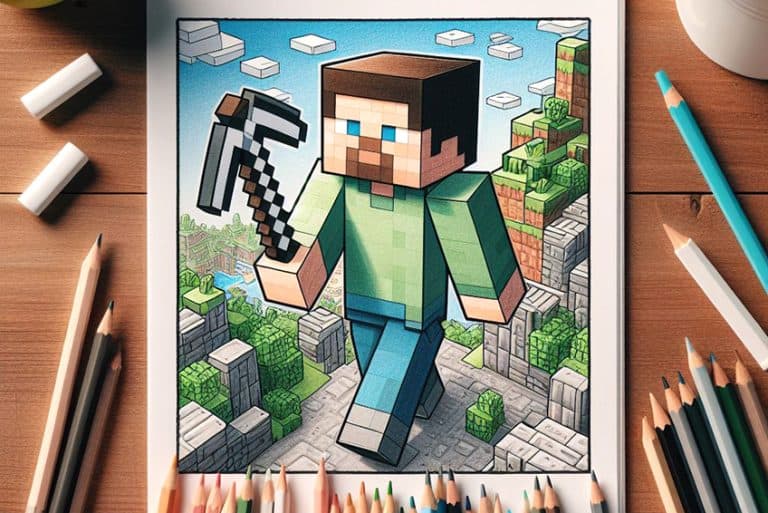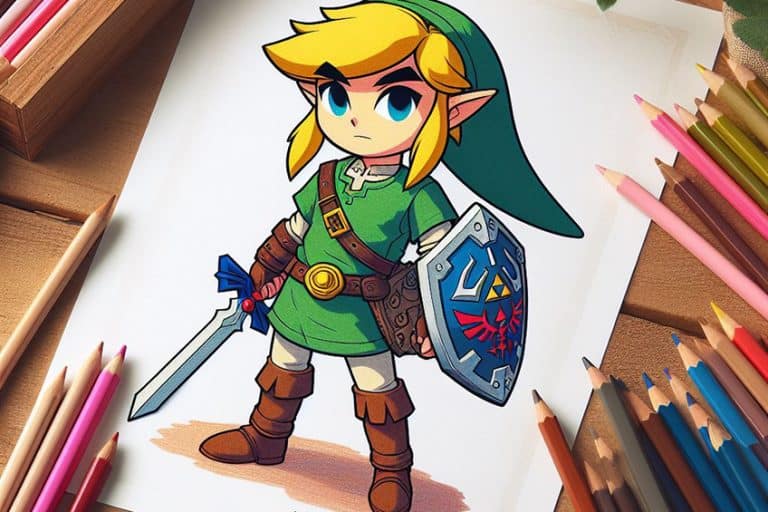Fairy Coloring Pages – 20 Unique Fairy Coloring Sheets
In this blog post we would like to present you 20 unique and new coloring pictures of different types of fairies. From the cartoon tooth fairy to the majestic fairy in the forest, there is something for everyone. Whether you are a child or an adult, the coloring pictures will spark your creativity in a magical way and bring you a lot of joy. Dive into the world of fairies and let your imagination run wild!
What is a Fairy?
A fairy is a fictional creature from mythology and folklore, often depicted as a delicate, slender and beautiful woman with wings and supernatural powers. Fairies are often considered nature spirits or guardian spirits, and different cultures have different ideas about their abilities and characteristics. In some stories and lore, fairies are positive, helpful and friendly, while in others they are portrayed as quarrelsome or even malicious. Fairies also appear frequently in modern stories, movies, and comics, and have become a fixture in popular culture.
What are the Different Types of Fairies?
There are many different types of fairies, and the idea of fairies can vary from culture to culture and from time to time. Here are some of the most popular types of fairies:
- Fairies – Fairies are often slender, graceful fairy creatures with pointed ears and occasionally wings. They are often associated with nature and magical powers.
- Tooth Fairies – Tooth fairies are small fairies who bring children small gifts in exchange for their baby teeth.
- Nature Spirits – Nature spirits are fairies associated with nature and the elements. They are often depicted as guardians of forests, rivers or mountains.
- Water Fairies – Water fairies are fairies associated with lakes, rivers, and the sea.
- Light Fairies – Light fairies are fairies associated with light. They are often depicted as bright, glittering creatures with sparkling wings.
- Dark Fairies – Dark fairies are fairies known for their moodiness and sometimes even their malevolence. They are often associated with the night and the shadow world.
- Goblins – Goblins are small, mischievous fairies known for their pranks.
- Fairy Princesses – Fairy princesses are majestic fairies who are often depicted as leaders of the fairy world. They are often depicted wearing royal robes and jewelry.
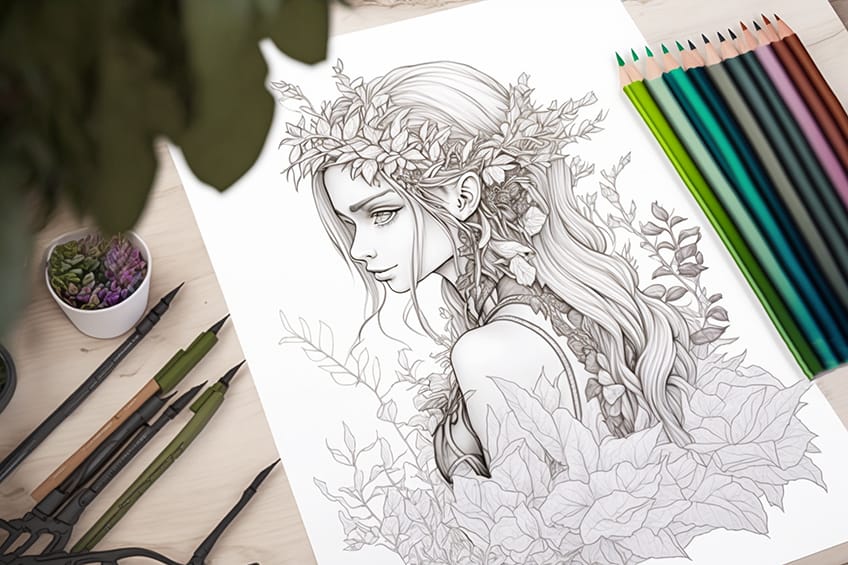
What is the Fascination of Fairies?
There are several reasons why fairies are so fascinating. One of the main reasons is probably the idea of a magical and mysterious world inhabited by these wondrous beings. Fairies are often associated with nature and magic, which has a strong appeal to many people.
In addition, fairies often have positive qualities such as kindness, helpfulness, and beauty, which can appeal to us and give us a sense of safety and security. In addition, fairies can be depicted in different shapes and sizes, which stimulates the imagination and leaves room for creativity.
Fairies are also a symbol of freedom, independence, and self-determination, which can inspire and motivate us to pursue our own dreams and goals. Overall, the fascination with fairies is a complex mix of magical imagination, positive qualities, and symbolism that appeals to many people in different ways.
Matthew Matthysen is an educated multidisciplinary artist and illustrator. He successfully completed his art degree at the University of Witwatersrand in South Africa, majoring in art history and contemporary drawing. The focus of his thesis was to explore the philosophical implications of the macro and micro-universe on the human experience. Matthew uses diverse media, such as written and hands-on components, to explore various approaches that are on the border between philosophy and science.
Matthew organized various exhibitions before and during his years as a student and is still passionate about doing so today. He currently works as a freelance artist and writer in various fields. He also has a permanent position at a renowned online gallery (ArtGazette) where he produces various works on commission. As a freelance artist, he creates several series and successfully sells them to galleries and collectors. He loves to use his work and skills in various fields of interest.
Matthew has been creating drawing and painting tutorials since the relaunch in 2020. Through his involvement with artincontext.org, he has been able to deepen his knowledge of various painting mediums. For example, watercolor techniques, calligraphy and lately digital drawing, which is becoming more and more popular.
Learn more about Matthew Matthysen and the Art in Context Team.
Cite this Article
Matthew, Matthysen, “Fairy Coloring Pages – 20 Unique Fairy Coloring Sheets.” Art in Context. February 25, 2023. URL: https://artincontext.org/fairy-coloring-pages/
Matthysen, M. (2023, 25 February). Fairy Coloring Pages – 20 Unique Fairy Coloring Sheets. Art in Context. https://artincontext.org/fairy-coloring-pages/
Matthysen, Matthew. “Fairy Coloring Pages – 20 Unique Fairy Coloring Sheets.” Art in Context, February 25, 2023. https://artincontext.org/fairy-coloring-pages/.


